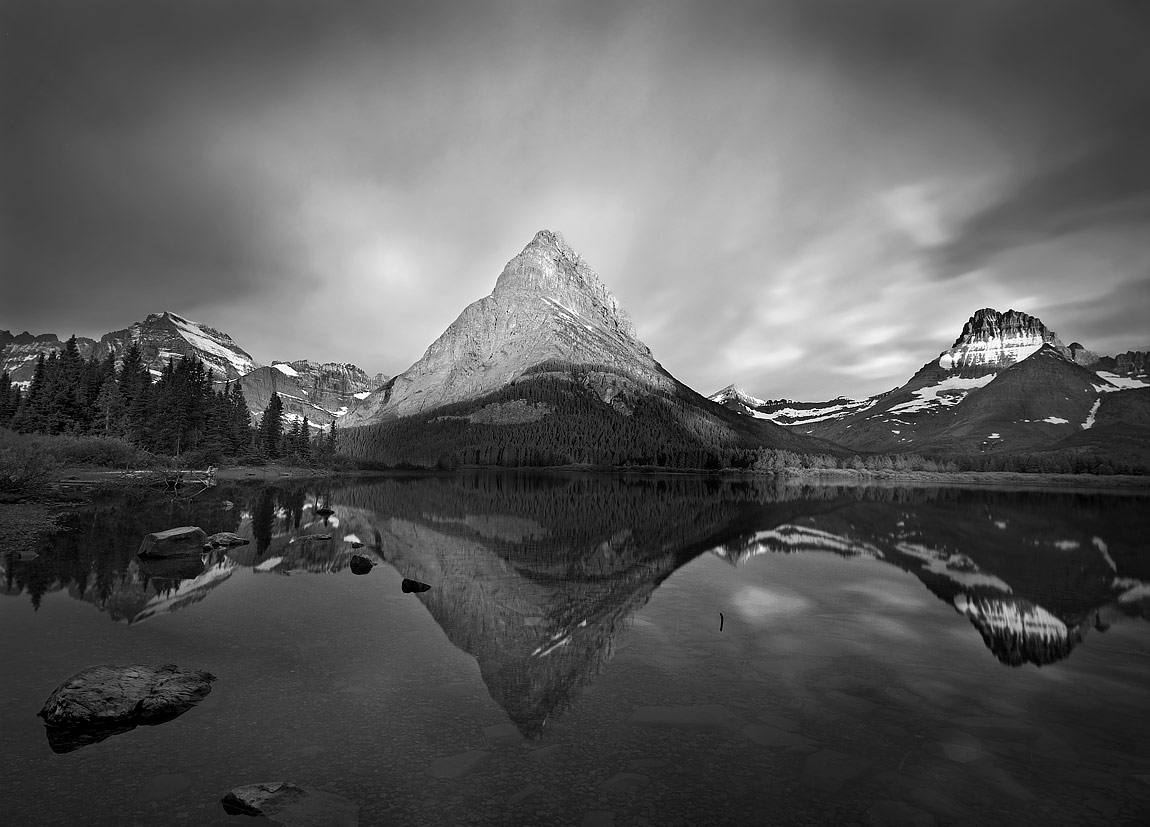I remember the first black and white photograph that had a real, tangible effect on me. It was, predictably, a photograph by the great American photographer Ansel Adams. I was in art school studying graphic design and was looking for something to draw as an illustration for a class assignment. At that time, there were three major photography magazines: Modern Photography, Popular Photography and Peterson’s Photographic. I had gone to a local bookstore and purchased ‘Peterson’s’ to look for likely subjects. The moment is still clearly imprinted in my mind. I had never seen anything like it: ‘Moon and Half Dome’. Once I saw that photograph, the direction of my life would be changed forever. Never again would I consider being a board illustrator, or rather a ‘bored illustrator’ – I would make photographs.
It is 3 am. Something by Bach or Mozart is playing softly in the background. An image of ‘Morning Light on the Towers, Needles District’ is slowly appearing on the piece of paper that I am gently massaging in a tray of chemicals under the soft amber glow of a safelight. The fan of my enlarger hums softly in the background. In my mind, this is what photography is all about.
Months earlier, I had carried my backpack of over fifty pounds several miles into the early morning darkness in search of this and other images. After locating a promising composition, I set up my camera, field-edited the composition, determined the exposure I thought would yield the best results and ...


